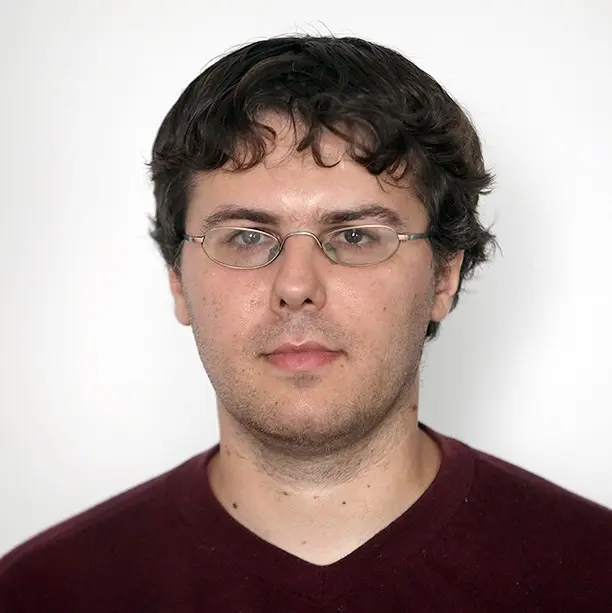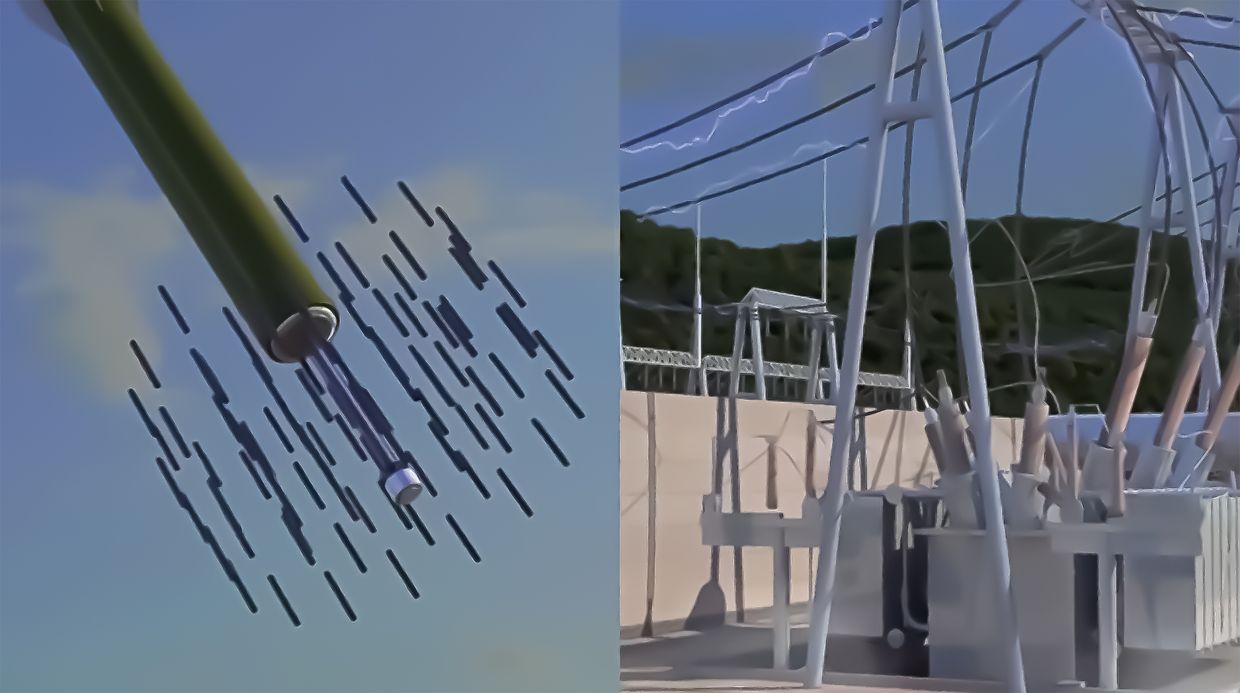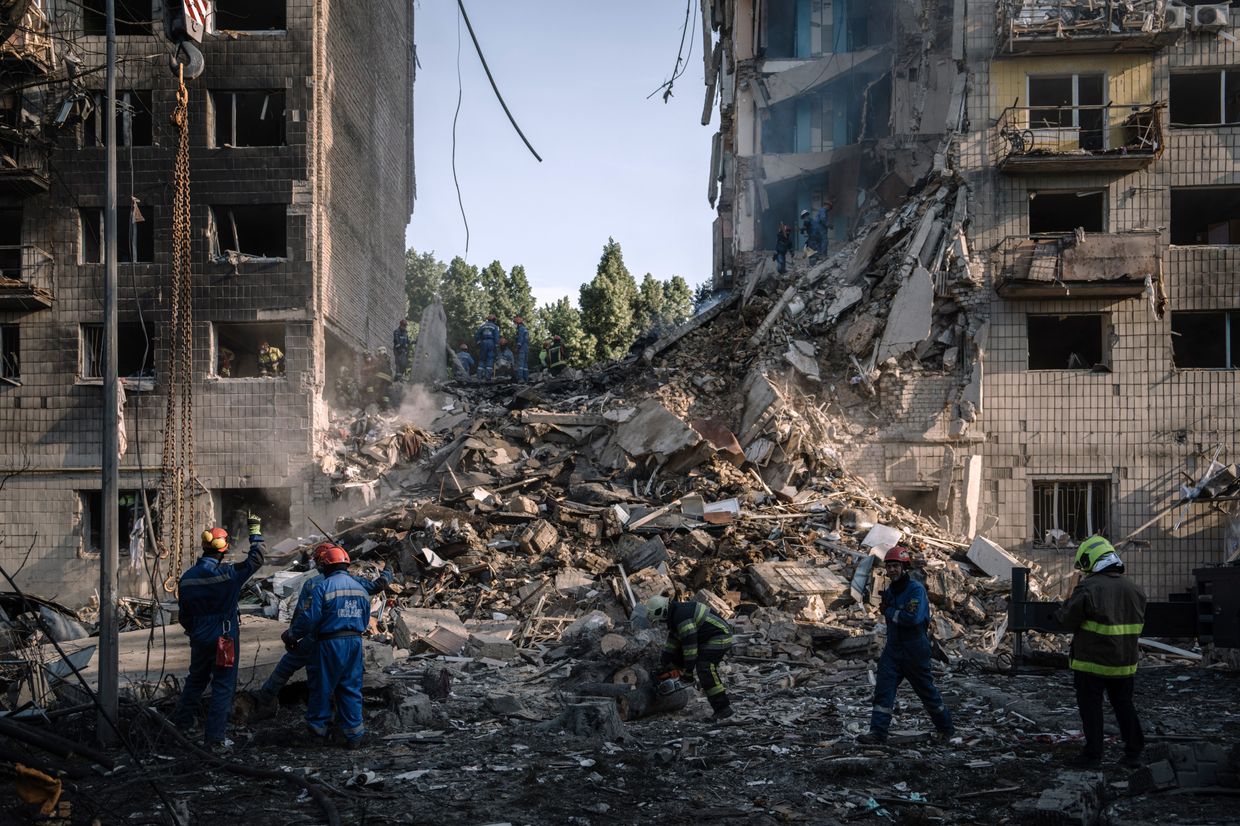As President Volodymyr Zelensky makes a long-awaited trip to the U.S., the White House is set to announce a new $325 million military aid package.
According to reports, it will again be missing the much-desired ATACMS long-range missiles, which Kyiv says may turn the tide of Russia’s ongoing all-out war.
So far, Ukraine has only made moderate gains on the southern front and near Bakhmut to the east, during its month-long counteroffensive. There has yet to be a decisive breakthrough.
There are numerous factors at play – strategic and tactical errors, the absence of a decisive advantage over the enemy in terms of resources and manpower, and heavily fortified Russian positions.
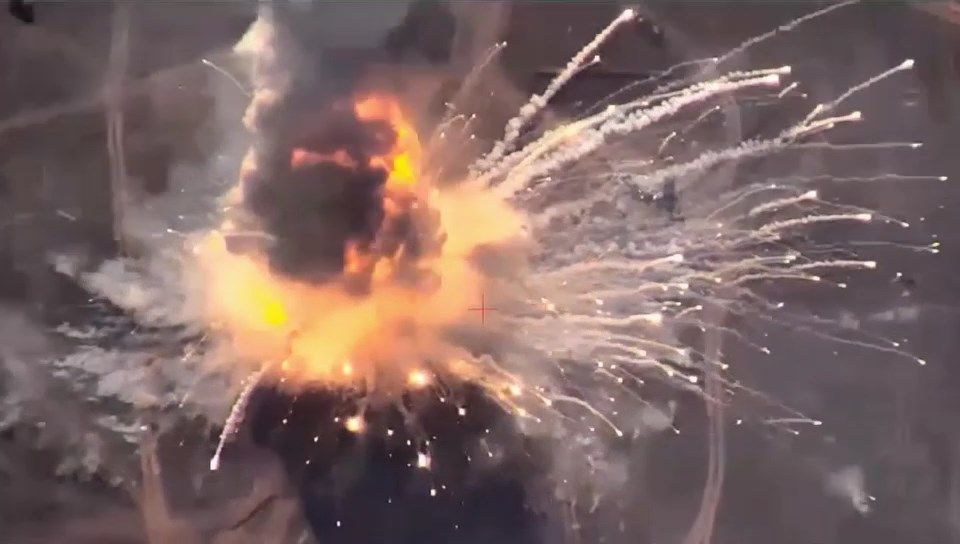
But one factor stands out – the excruciatingly slow pace of Western arms supplies, the main military hardware used by Ukraine to regain its territory.
Had the West supplied the weapons requested by Kyiv faster, Ukraine could have liberated more of its occupied territories before Russia managed to address its manpower shortage and bolster its positions in Donetsk and Zaporizhzhia oblasts.
Some Western actors have expressed their dissatisfaction with the speed of Ukraine’s counteroffensive.
And while there are surely flaws in Kyiv’s military strategy, it is delusional to expect more from Ukraine while not providing the country with the arms it requires.
The F-16 saga
Ukraine called on the West to provide Western-made aircraft, including F-16 fighter jets, immediately after Russia launched its full-scale invasion in February 2022.
Ukraine needs F-16s for the simple reason that it has no other options.
Ukraine can’t create an effective air force out of the Soviet aircraft because they are obsolete, and because there are very few of them left on the market.
Ukraine also lost many of its planes during multiple military encounters.
F-16s are better than their Soviet equivalents. While there are different estimates as to whether they’re better than the modern Russian equivalents, they’re certainly a good match for what Russia has to offer.
F-16s are also the most widespread Western fighters, with over 4,600 built since the 1970s.
This means Ukraine is unlikely to have supply problems.
The aircraft can launch a wide array of bombs and missiles, which may be used to strike Russian positions from afar. F-16s can also be used as air cover for Ukraine’s counteroffensive and to shoot down Russian missiles as a powerful air defense tool.
However, the West has dragged its feet amid repeated claims that Ukraine does not need them, that they are not a priority, or that they would take too long to deliver.
The U.S. Congress approved $100 million in funding to train Ukrainian pilots on U.S. aircraft in July 2022, and the Ukrainian Air Force selected a group of pilots to begin training on Western fighter jets in October 2022.
But discussions on training and supplying Ukrainian forces with F-16s only began in earnest in May the following year.
Only in August 2023 did F-16 training finally begin in Denmark, and training on U.S. soil has been delayed for unclear reasons until October.
Ukraine is now expected to receive F-16s at the very earliest in late 2023, refuting all previous claims by Western officials that Ukraine does not need them.
Almost two years since the beginning of the invasion, it’s certain that Ukraine will receive the jets, but will lose two years in the process.
… and ATACMS
Ukraine’s experience with the provision of Western long-range missiles has been similar.
The issue of long-range missiles is crucial for Ukraine’s success on the battlefield.
Short- and medium-range missiles cannot reach many of Ukraine’s Russian-occupied territories, while long-range missiles would allow Ukraine to hit almost any military targets there. This would definitely speed up Ukraine’s counteroffensive and bring victory closer.
Ukraine’s requests for long-range missiles were ignored at the beginning of the full-scale invasion.
In June 2022, the U.S. sent Ukraine GMLRS rockets, which have a range of only 80 kilometers and are unable to reach many of the Russian-occupied areas.
The U.S. eventually announced in February that it would supply Ukraine with GLSDB missiles, which can travel 150 kilometers. However, they have yet to arrive in Ukraine, and it’s unclear when they will.
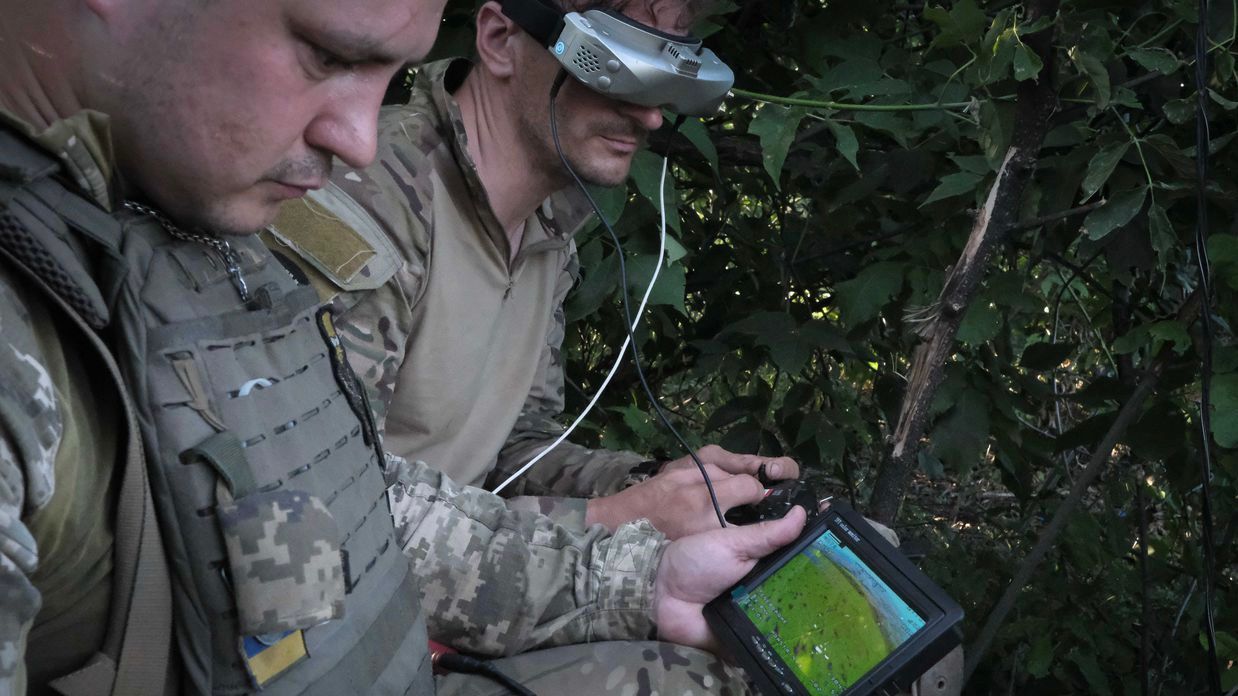
A breakthrough came in May, when the U.K. started providing Ukraine with Storm Shadow missiles, which have a range of around 250 kilometers.
While this is an improvement, it’s not sufficient as the supply of Storm Shadow missiles is limited, and they have a shorter range than ATACMS, which have a range of 300 kilometers.
However, the U.S. has continued to obstinately refuse to supply ATACMS.
While ABC News reported on Sept. 9 that Washington will likely send them in an upcoming military aid package, officials say it could take months for them to reach Ukraine.
Deputy White House Advisor on National Security Jonathan Feiner said on Sept. 10 that, while the U.S. has not ruled out sending Ukraine ATACMS, Washington is not yet ready to announce the decision.
Meanwhile, Germany has so far refused to supply its Taurus missiles with a range of 500 kilometers.
Debunking the West’s excuses
The West’s excuses for either dragging its feet or outright refusing to supply Ukraine with various types of weapons ring hollow.
Delivering these weapons quickly is critical as, the faster they’re supplied, the closer Ukraine’s potential victory and the less effective Russia’s efforts to boost its own military production in the meantime.
One of the West’s excuses is that Ukrainian forces allegedly have more urgent needs, such as artillery, ammunition, or armored vehicles.
This argument falls flat because the notion of urgency is subjective. For some purposes, such as striking targets deep into Russian territory and providing air cover for Ukraine’s counteroffensive, the only solutions are long-range missiles and Western aircraft.
Nobody can deny that these purposes are urgent.
In fact, nothing prevents the West from supplying both weapons it considers more urgent and less urgent.
It is often repeated that F-16s and ATACMS are not “magic weapons” and will not be the silver bullet to an immediate breakthrough or Ukraine’s victory in the war.
The same can be said about any type of weapon, but the fact remains that Ukraine is more likely to defeat Russia with ATACMS and F-16s than without them.

Another excuse is that the U.S. has a shortage of ATACMS, and sending the requested amount would undercut Washington’s readiness to address other potential conflicts.
This is not a convincing argument as the U.S. has had a year and a half since the start of Russia’s full-scale invasion to boost the production of ATACMS to meet both Ukraine’s and its own needs.
This is a political problem, not a practical one, and it can be resolved quickly with political will.
The fear of escalation with Russia due to the use of long-range missiles or F-16s is another common excuse. This is not a valid argument for several reasons.
First, Ukraine has already received Storm Shadow missiles from the U.K. and no nuclear war or Russian attack on NATO has happened as a result.
Second, the logic of “escalation” is itself absurd.
Forcing Ukraine to fight with its hands tied will not de-escalate anything. On the contrary, this policy will enable Russia to continue its aggression indefinitely and thus increase instability in the world and the chances of an apocalyptic scenario in the future.
The only effective means of de-escalation would be enabling Ukraine to defeat Russia and end the war quickly.

One of the West’s irrational fears is that Ukraine will use the ATACMS or F-16s to attack Russian territory, also supposedly escalating the situation.
Ukraine has promised not to use these weapons to attack Russian territory, and it has a good track record with the Storm Shadow missiles.
Moreover, the demand that Ukraine should not attack Russia with Western weapons is irrational.
When the Ukrainian military is forbidden from striking military targets in Russian territory, from which Russian missiles and drones are launched at Ukrainian territories, Ukraine is deprived of the fundamental right to self-defense. It is both immoral and impractical.
If Ukraine were able to attack Russian territory with Western weapons, it would have much more freedom of maneuver.
Political will is paramount
These issues do not detract from the fact that Ukraine is thankful to the West for its weapons supplies. After each refusal and delay, Ukraine’s Western partners about-faced and supplied what was needed.
However, the turnaround always comes too late for Ukraine to achieve a decisive breakthrough on the battlefield, defeat Russia, and win the war. While Ukraine survives and fights on, there is no end in sight.
The question inevitably arises: Maybe the West doesn’t want Ukraine to win?
The West’s irrational fears of Russia, defeating Russian dictator Vladimir Putin, and provoking some apocalyptic scenario are so great that it may be prolonging the war - intentionally or unintentionally.
The hope of achieving a compromise or shady peace deal with Putin still lingers in the West, but it’s virtually impossible that Russia would agree to anything less than Ukraine’s surrender.
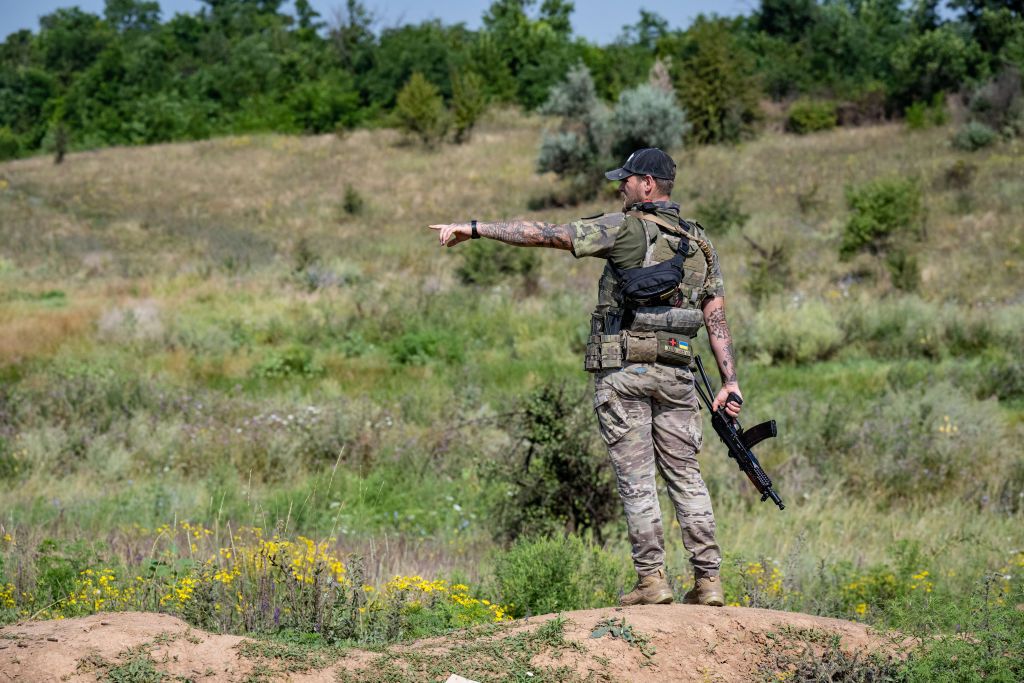
If Ukraine were to make concessions to Russia and not join NATO, the deal would not be worth the paper it was written on – it would just be another invitation for future aggression by Russia.
But Ukraine’s membership in NATO is exactly what the West is afraid of, and the alliance’s fear of a war between NATO and Russia is probably even greater than of the consequences of Russia’s defeat.
So all the numerous excuses for not supplying certain kinds of weapons or supplying them too slowly appear to be spurious.
All practical obstacles can be removed if fear is overcome and if there is political will.
Editor’s Note: The opinions expressed in the op-ed section are those of the authors and do not purport to reflect the views of the Kyiv Independent.
